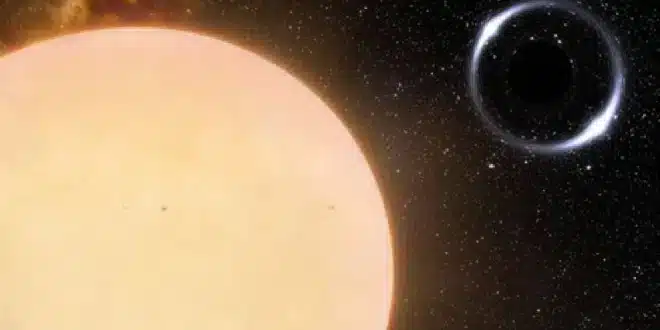Scientists have uncovered what they are calling the largest black hole within the Milky Way galaxy so far. This colossal black hole is over 33 times the mass of our Sun and resides 2,000 light-years away. It was identified by astronomers participating in the European Southern Observatory’s Gaia mission after they observed unusual movements of a nearby star, suggesting it was orbiting something massive yet invisible.
This newly discovered black hole has been named Gaia BH3, located in the constellation of Aquila, which translates to “the eagle” in Latin. It ranks as the second-closest black hole to our planet.
Pasquale Panuzzo, an astronomer at the National Centre for Scientific Research at the Observatoire de Paris, expressed his surprise at this finding, noting its rarity and significance in the field of astronomy.
Black holes generally form from stars that have exhausted their nuclear fuel. Most of these stars end up as “white dwarfs” after expanding, shedding mass, and cooling. However, some stars, particularly those with low metal content, do not go through this process. Instead, they collapse under their own gravity to form black holes.
The discovery suggests that Gaia BH3 originated from such a metal-poor star. Further insights come from the characteristics of the star found wobbling around the black hole, which is also metal-poor, hinting that stars in binary systems often share similar compositions.
According to NASA scientists, the Milky Way might contain over 50 stellar black holes.
Adding to the cosmic intrigue, astronomers using the James Webb Space Telescope recently identified the oldest known black hole, situated in a galaxy named GN-z11, over 13 billion light-years away. This black hole dates back to the cosmos’s formative years, offering a glimpse into the early universe.


